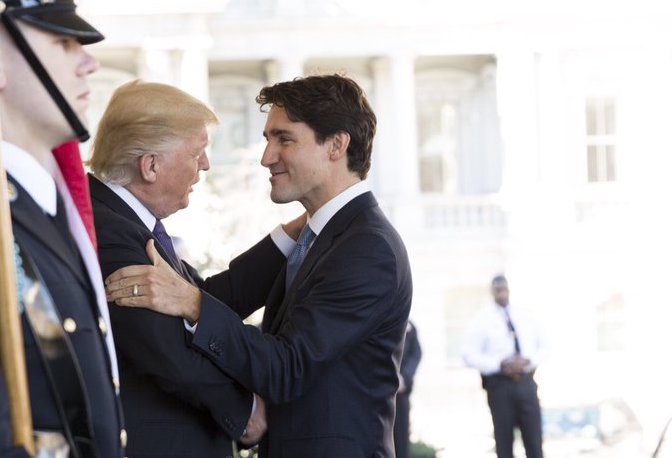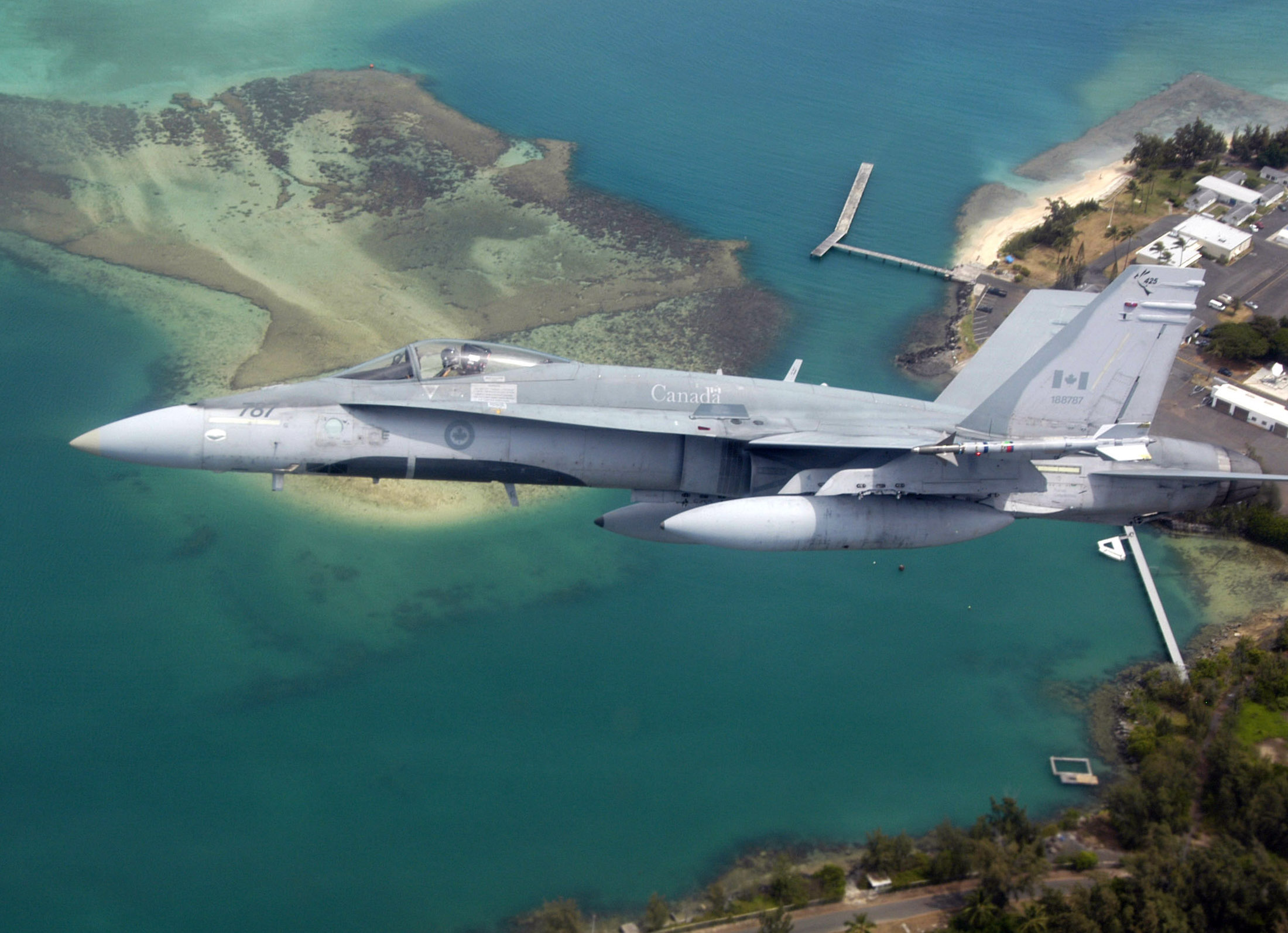
Canada’s announcement to boost its defense budget by 70 percent over ten years comes after more than a decade of low spending, but also a period of intense operations in Afghanistan and elsewhere that has worn down both equipment and personnel.
Canadian Minister of Defense Harjit Sajjan announced the the budget would increase to $24.2 billion in 2026-27 from $14 billion in 2016-17, according to numbers published in The Guardian.
Pundits in Ottawa have put the most responsibility on the President Donald Trump’s repeated statements about low defense spending among America’s NATO allies has something to do with the Trudeau government’s announced spending hike, but Canada also has its own good reasons for putting more money towards defense.

“The goal of all of this is to allow the Canadian Forces of the future to simultaneously undertake “two deployments of 500 to 1,500 personnel,” plus one short, six-to-nine month ‘limited-time deployment of 500 to 1,500 personnel,’ plus three small deployments of 100 to 500 personnel,” according to a Wednesday editorial in The Globe and Mail.
While Canada no longer is engaged in intense combat operations in Afghanistan, it does not mean that the pace has slackened much for Canada’s armed forces. Canada is leading NATO’s Enhanced Forward Presence (eFP) in Latvia, alongside the U.K. in Estonia, Germany in Lithuania and the United States in Poland.

The eFP groups were put in place in NATO’s east in response to Russia’s continued aggressiveness, and there is reason to believe that this will be an effort that extends over the long haul.
Also, Canada contributes to the U.S.-led counter-ISIS coalition in Syria and Iraq. Finally, The Arctic is a central interest for Ottawa, and one of the best-placed instruments for operating and showing presence in this increasingly active region is the Canadian military. The defense spending increase will help grow both the active duty and reserve force so Canada can continue to operate at a high tempo.
Second, Canada is facing a whole host of aging equipment that must be replaced in the coming years. Its Boeing CF-18 Hornets have been driven hard and Ottawa is considering its options for a replacement. The Lockheed Martin F-35 Joint Strike Fighter was believed to be the natural pick, but concerns over the cost of the system has meant that the Ministry of Defense is considering other options as well.
“Canada will hold an open competition to buy 88 advanced fighters to replace its fleet of 77 CF-18 planes, more than the 65 new jets the previous Conservative government had planned,” reported The Guardian on Wednesday.

The estimated cost could be as high $14.1 billion for the program.
Canada is also embarking on an ambitious effort to modernize its navy. This would include a new class of surface combatant of destroyer size, with some of them optimized for the air defense role. The current plan calls for fifteen ships in the class. Ottawa is also looking to invest in oilers that would extend the range and endurance of the Canadian navy, along with Arctic patrol vessels. Canada may also invest in new submarines; recently a Canadian senate report called for the Canadian navy to grow its submarine force to twelve boats.
The Canadian defense spending boost has received praise in both Washington and at NATO.

“This new defense policy demonstrates Canadian resolve to build additional military capacity and a more capable fighting force. In light of today’s security challenges around the world, it’s critical for Canada’s moral voice to be supported by the hard power of a strong military,” U.S. Secretary of Defense James Mattis said on Wednesday.
However, this boost does not get Canada to the two percent of GDP for defense, as agreed by all NATO allies. And low growth in the plans means sometime in the future Canada will not entirely fulfill its pledges announced this week.
Still, the Trump administration and the stated need for Ottawa to keep to its global commitments have placed a hard power emphasis on the Canadian military for the foreseeable future.





